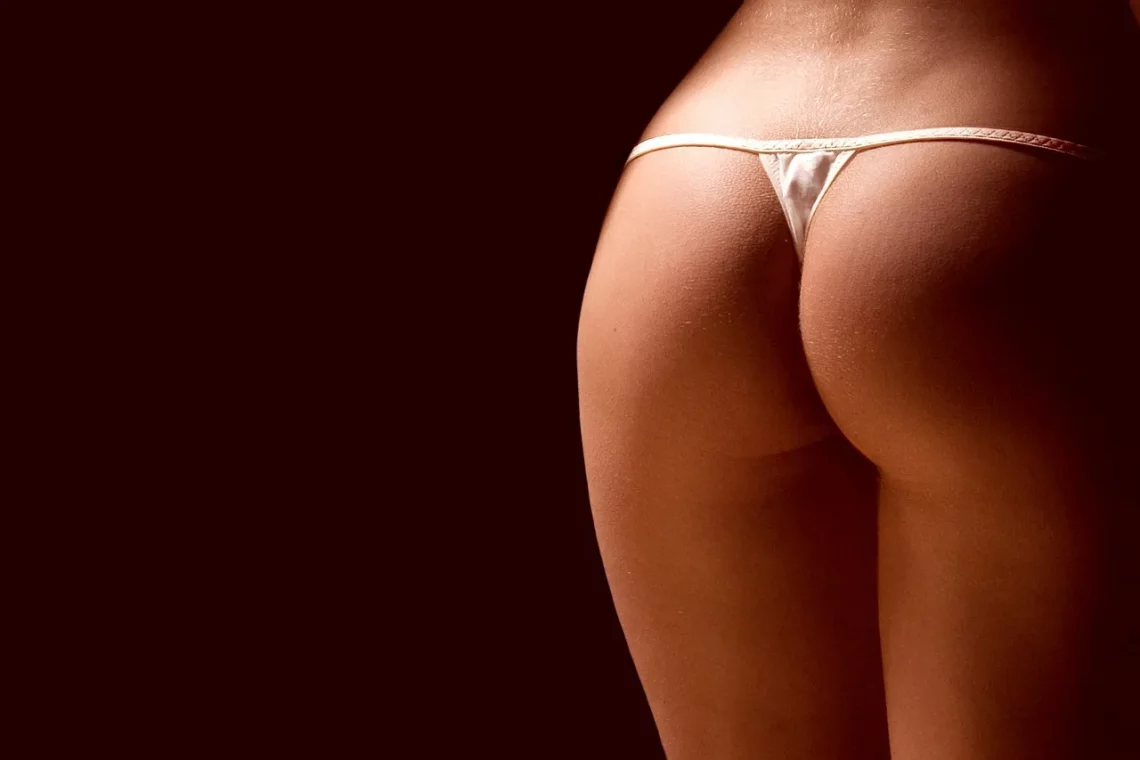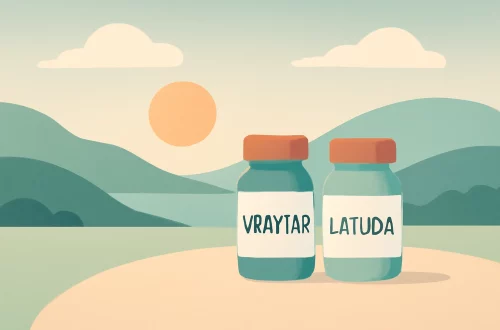
Innie vs Outie Pussy: Understanding the Differences and Perspectives
Understanding the human body involves a myriad of details, particularly when it comes to anatomy and physiology. One area that often sparks curiosity and conversation is the diversity of female genitalia. Among the various attributes that can vary, the appearance of the vulva—specifically the shape and prominence of the clitoral hood and labia—has been a subject of fascination and sometimes misunderstanding.
This diversity is normal and reflects the uniqueness of each individual. Factors such as genetics, hormonal levels, and even ethnicity contribute to how these anatomical features manifest. Societal perceptions and beauty standards can further complicate the narrative, leading to misconceptions and stigma. Understanding the differences between an innie and an outie vulva is not just about anatomy; it also involves examining cultural attitudes, personal preferences, and the impact of media representations.
In fostering a deeper understanding of these differences, it becomes essential to approach the subject with respect and openness. Embracing the variations within human anatomy can empower individuals, promote body positivity, and cultivate a sense of community and acceptance.
What Are Innie and Outie Vulvas?
When discussing the innie and outie vulvas, we are essentially referring to the way the clitoral hood and labia appear. An innie vulva is characterized by a clitoral hood that is more pronounced or covers the clitoris, making it less visible. The labia may also be more tucked in, giving a streamlined appearance. In contrast, an outie vulva features a clitoral hood that is less pronounced, making the clitoris and the inner labia more visible.
It’s important to note that both variations are entirely normal. The differences stem from individual genetic makeup and hormonal influences. Some may have a more prominent clitoral hood, while others may have labia that protrude more prominently. These variations can also change over time, particularly due to hormonal shifts during puberty, pregnancy, or menopause.
Both innie and outie vulvas serve the same biological functions. They are part of the reproductive system and play a role in sexual pleasure. The clitoral hood, for example, protects the clitoris and can enhance sexual pleasure when stimulated. The labia also have sensory nerve endings, contributing to sexual arousal.
Understanding these differences can help demystify the anatomy of the vulva, fostering a more positive body image among individuals. Embracing the diversity of vulvas can reduce feelings of insecurity and promote a healthier relationship with one’s body.
Cultural Perspectives on Vulva Variations
Cultural attitudes toward female anatomy significantly shape perceptions of beauty and desirability. In many societies, there is a tendency to idealize certain body types and features, which can lead to stigmatization of those who do not fit within these narrow definitions. The innie vs. outie debate is often influenced by these cultural narratives.
In some cultures, an innie vulva may be viewed as more feminine or desirable, while an outie could be seen as less appealing. Media representations often exacerbate these cultural biases, showcasing only a limited range of body types. This can lead to individuals feeling pressure to conform to specific ideals.
Moreover, body image issues related to vulva appearance are not limited to women. People of all genders may experience anxiety or insecurity regarding their own or their partner’s anatomy. This can affect sexual relationships and personal confidence.
Education and open dialogue are vital in combatting these cultural stigmas. By normalizing conversations about vulva variations and promoting diverse representations in media, society can work towards a more inclusive understanding of beauty. Celebrating the uniqueness of each individual can help dismantle harmful stereotypes and foster a culture of acceptance.
The Role of Health and Hygiene
Regardless of the appearance of one’s vulva, maintaining proper health and hygiene is crucial. Knowledge of anatomy plays a significant role in understanding what is typical for one’s body and recognizing any changes that may require medical attention.
Innie vulvas may require specific care. Due to the folds of skin, moisture can accumulate, potentially leading to infections if not cleaned properly. Regular washing with mild soap and water is essential to prevent any buildup of bacteria or yeast. It’s also important to wear breathable underwear to promote airflow.
Outie vulvas, while generally easier to keep clean, also require attention. The visibility of the clitoris and labia does not mean that these areas are immune to infections. Regular hygiene practices are equally important to prevent irritation or infections.
If any unusual symptoms arise—such as discomfort, unusual discharge, or changes in appearance—it’s important to consult a healthcare professional. Regular gynecological check-ups are also recommended for all individuals with vulvas to ensure overall reproductive health.
Understanding that vulva variations are normal can empower individuals to take charge of their health. Education around anatomy can lead to better hygiene practices and overall well-being.
Embracing Body Positivity and Acceptance
The conversation surrounding innie and outie vulvas is not merely anatomical; it is deeply intertwined with the concepts of body positivity and acceptance. In a world where societal standards often dictate feelings of self-worth, embracing the natural variations of human anatomy can be liberating.
Body positivity is about recognizing and celebrating the diversity of bodies, including variations in vulvas. It encourages individuals to appreciate their bodies for what they are, rather than how they conform to societal ideals. This movement promotes the idea that all bodies are beautiful, regardless of shape, size, or appearance.
Social media has played a significant role in this cultural shift. Platforms that celebrate body diversity and encourage healthy conversations about anatomy have emerged, allowing individuals to share their experiences and perspectives. This open dialogue fosters a sense of community and support, helping to combat feelings of isolation or insecurity.
By embracing body positivity, individuals can develop a healthier relationship with their own bodies and those of others. This acceptance can lead to improved mental health and a more positive outlook on life.
In conclusion, understanding the differences between innie and outie vulvas promotes a culture of acceptance and empowerment. It encourages individuals to appreciate their bodies and fosters healthy discussions around anatomy and self-image.
**Disclaimer:** This article is for informational purposes only and should not be considered medical advice. For any health concerns or questions, please consult a healthcare professional.




